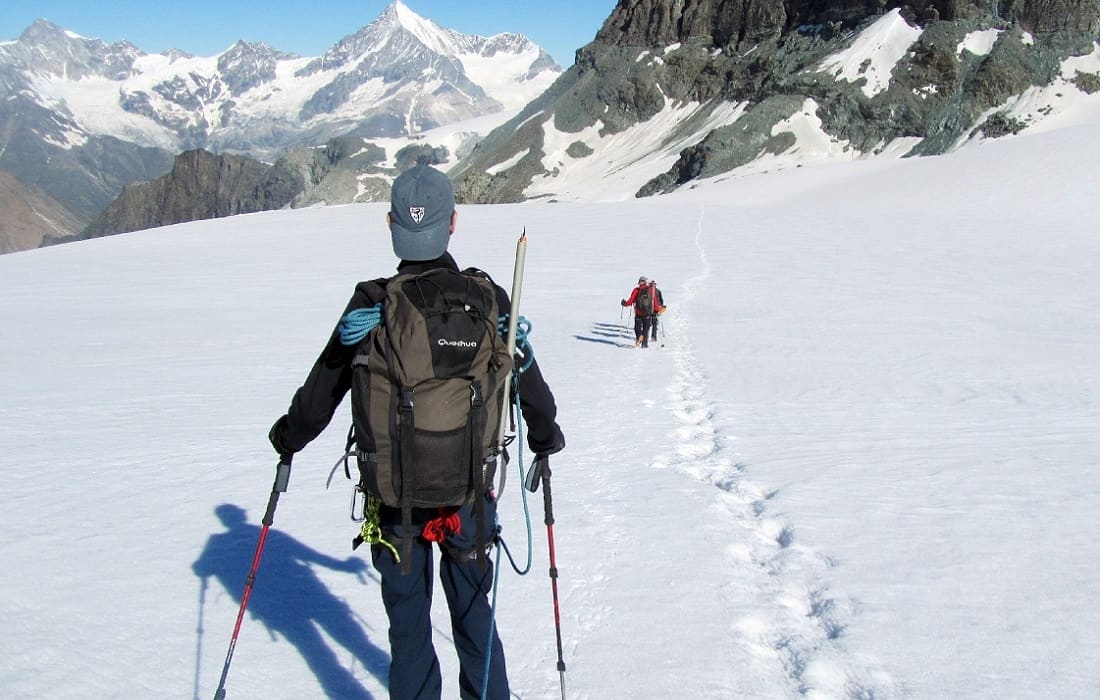If you’re already familiar with hiking during the warmer months, transitioning from summer to winter hiking can be challenging, primarily because you must remain warm and dry, stay on route, and plan for the unexpected.
While there are common dangers associated with winter weather, including frostbite, hypothermia, changing weather, getting lost, or being trapped in an avalanche, they’re preventable, and with sufficient preparation, you can avoid them.
Winter Hiking Tips
Before heading out onto the trail, research, plan, and be ready for any eventuality to ensure beautiful, memorable experiences. This article outlines five winter hiking tips.
1. Dress for the weather
When dressing for a winter hike, layering is significant. You can start with a non-cotton base layer and a pair of warm thermal or wool winter socks. You can have a light, non-cotton shirt, a fleece sweater, and a vest in the middle. For your final layer, consider a softshell jacket that can repel moisture, breathe well, and keep you dry even when it’s lightly raining or snowing.
Wearing proper clothing will help you stay warm and dry throughout the hike. You can wear insulated pants and pack some softshell pants that block the wind and repel moisture. You can also carry a light puffy jacket for additional warmth when you stop for a meal. You can source these warm clothes from Kryptek or any other store.
2. Pick a trail for your winter hike
Trails look different when covered in snow, and the hikes you enjoy in summer could come with avalanche danger during winter. Constantly researching your trail before heading out ensures it’s suitable for winter hiking. Begin with familiar routes or those properly signed for winter usage.
If you’re considering a summer trail for your winter hiking, ensure it’s safe because most common trails cross into avalanche terrains and aren’t appropriate for snowshoeing. However, proper avalanche training and rescue gear can help you on such trails. If you’re visiting a park, go to its website and check out the suggested winter trails.
3. Stay on route
Staying on route ensures you don’t get lost when on your hike. Unless you’re snowshoeing at night, avoid getting caught in the dark. Inform a trusted family member of your whereabouts and when you’ll be back. Tell them who to contact for rescue should you not return as planned, and consider traveling in a group to ensure safety.
4. Use the right footwear
When going for a winter hike, wear the right footwear, and ensure it’s waterproof and has good tread. Where the snow is deep, wear snowshoes. If the trails are icy, invest in an extra traction device for your feet. Even if it isn’t icy at home, heavily used trail areas can be icy and packed down.
5. Stay hydrated
During the cold weather, you may be tempted not to take as much water. However, you’ll still be sweating under the clothing layers you have on, meaning your body will require electrolytes and water. Make as many stops as possible to hydrate and carry the water close to your body, put the bottle in a woolen sock, or use insulated bottles to prevent the water from freezing.
Endnote
Winter hiking can be fun and challenging at the same time. Apply these tips for a memorable winter hiking experience.


